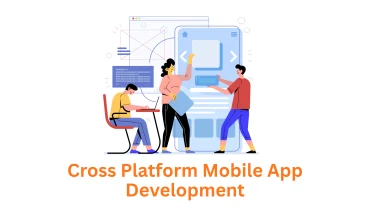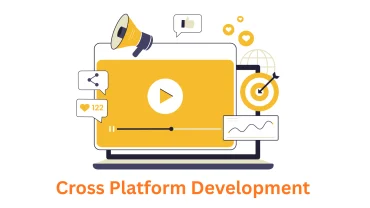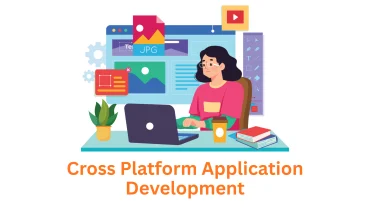Web applications have transformed the way we interact with the internet. From social media platforms to productivity tools and e-commerce giants, web apps are everywhere. If you’ve ever dreamt of creating your own, you’re in the right place. This guide will walk you through the key stages of web application development, from ideation to launch.
Step 1: Define Your Purpose
Before diving into code, clearly articulate the problem your web app will solve or the need it will fulfill. Who are your target users? What features will make your app unique? A well-defined purpose will serve as your north star throughout the development process.
Step 2: Plan and Design
- Wireframing: Create a visual representation of your app’s layout and user flow. This helps you conceptualize the user experience (UX) and identify potential roadblocks.
- Database Design: Determine how your app will store and manage data. Choose a suitable database system (e.g., MySQL, PostgreSQL, MongoDB) based on your app’s requirements.
- Technology Stack: Select the programming languages, frameworks, and libraries you’ll use. Popular choices include:
- Frontend: HTML, CSS, JavaScript (with frameworks like React, Angular, or Vue.js)
- Backend: Python (Django, Flask), Node.js (Express), Ruby (Rails)
- Database: (As mentioned above)
Step 3: Front-End Development
This is where your app’s visual interface comes to life. Front-end developers use HTML to structure the content, CSS to style it, and JavaScript to add interactivity and dynamic elements.
Step 4: Back-End Development
The back end handles the “behind the scenes” logic of your application. It includes server-side code that processes requests, interacts with the database, and sends data back to the front end.
Step 5: Testing and Quality Assurance
Rigorous testing is crucial. It ensures that your app functions correctly, performs well under load, and offers a seamless user experience. Test for functionality, security vulnerabilities, and compatibility across different devices and browsers.
Step 6: Deployment
Once thoroughly tested, it’s time to make your web app accessible to the world. Choose a reliable hosting provider and deploy your app to a server.
Step 7: Maintenance and Updates
Web app development doesn’t end at launch. Monitor your app’s performance, gather user feedback, and release updates to fix bugs, enhance features, and adapt to changing technologies.
Partner with Associative
If you’re looking to build a robust, user-friendly web app, Associative can help. Our experienced team specializes in:
- Web Application Development
- Search Engine Optimization (SEO)
- Web3, DApps, and Blockchain Solutions
- Cryptocurrency Wallets and NFT Solutions
- DeFi, Game, and Software Development
- Mobile App Development (Native Android, Native iOS, Cross-Platform)
Let us turn your web app vision into reality. Contact Associative today for a consultation!
To learn more, consider reading other articles, blogs, and stories in this area.
Top Web Application Development Company
Best Web Application Development Company
How to Create a Web Application: A Comprehensive Guide
The Essential Tech Stack for Modern Web Applications
How to Create a Web Application
How to Create a Web Application: A Comprehensive Guide
Best Technologies, Platforms, and Tools for Creating Top-Tier Web Applications



Comment (0)